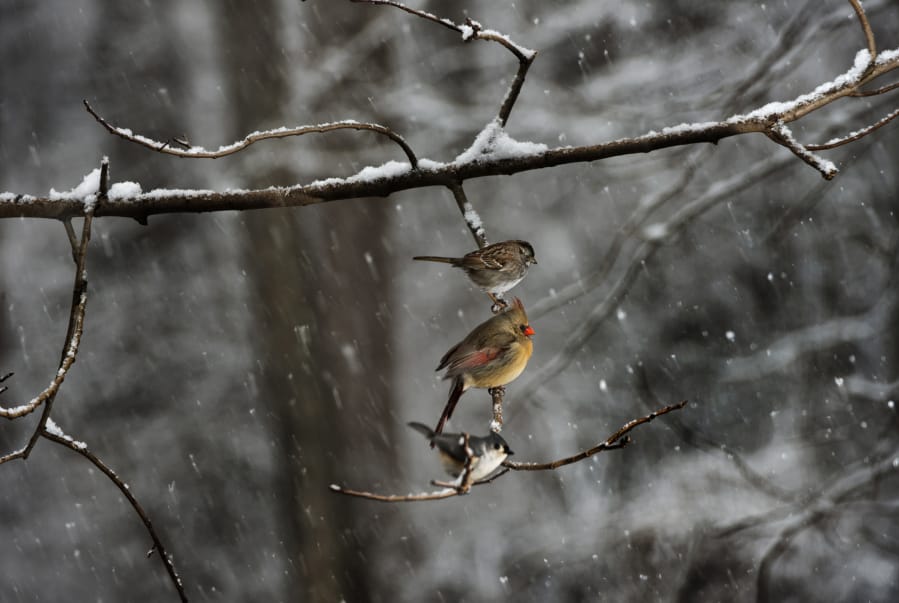Only male birds sing. For years that was the assumption among amateur birdwatchers and ornithologists. Male birds are “the obvious ones,” says Lauryn Benedict, a biologist at the University of Northern Colorado. “They’re out there showing off, strutting their stuff.”
But Benedict and fellow birdsong expert Karan Odom, a biologist at Cornell University, want you to look closer if you hear a chirp or warble. Female birds are not, on the whole, silent. In a call-to-ears published Wednesday in the journal the Auk, the two scientists say that “birders and researchers need to be aware that female birds regularly sing, and they need to take the time to evaluate the sex of singing birds.”
The tipping point for Odom came in 2014, when she concluded that birdsong is an ancestral trait shared by both sexes. Female birds sang in 71 percent of 323 species surveyed, she and her colleagues reported then in a Nature Communications paper. They traced this behavior through the bird family tree, winding back the generations to a common singing ancestor. At that point in history, they wrote, both male and female birds sang.
Benedict, who was not involved with that work, said instead of males evolving to be loud, “females have evolved to be quiet.”



